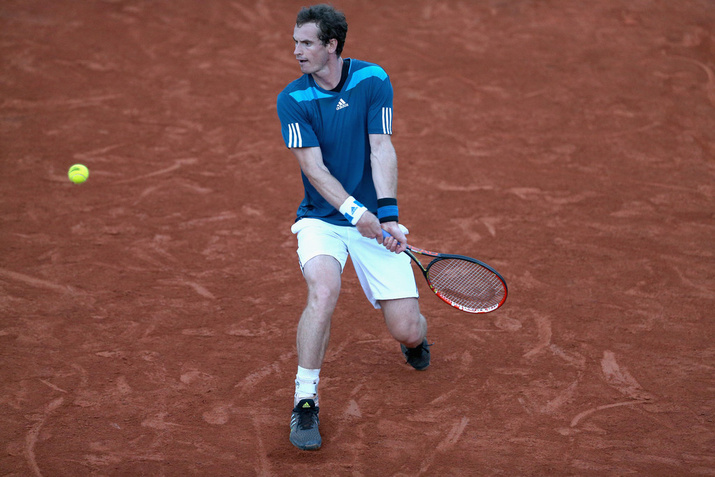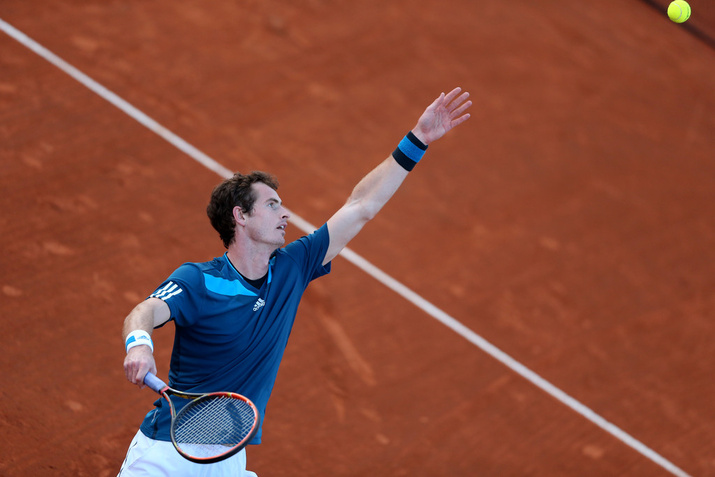Don't miss any stories → Follow Tennis View
FollowWhy Andy Murray's Comeback Has Stagnated
At this stage, 2013 stands as the very best, and possibly also the very worst, year in Andy Murray’s professional tennis career. The highs and lows within that single year are quite staggering.
On the one hand, and to many this will be all that matters, Murray won Wimbledon. He ended Great Britain’s drought—over three-quarters of a century long—and became a national hero. For a British sportsman, there is probably nothing that can top that. In the minds of British fans, that one Wimbledon probably puts Murray’s career close to those of the all-time greats.

On the other hand, 2013 was a year full of disappointments. Murray was forced to withdraw from Roland Garros with a back injury, and surgery for that same issue cost him the final few months of the season. Even before that, though, 2013 was lackluster by Murray’s standards. Aside from a title in Miami, Murray did not reach a single semifinal at a tournament of the ATP 500 or Masters 1000 level.
His way back in 2014 has been frustratingly slow. Murray has not played poorly this year by any stretch of the imagination. His level of tennis has been solid, and he does not have many embarrassing losses. Yet his ranking has slipped, and the results just aren’t there. He has fallen out of the top five for the first time since reaching that mark back in 2008.
There is a reason that Andy Murray was a member of the “Big 4”. When it came to the Masters 1000 tournaments or Grand Slams, anything less than a semifinal was a disappointing result for Murray. This situation lasted until his injury last year. In the minds of many, it still lasts now. It is considered acceptable for Murray to lose to Novak Djokovic, Roger Federer, and Rafael Nadal. Other than those opponents, though, the feeling in many fans’ minds is that nobody else should stop him.
The problem for Murray now is two-fold. First of all, he is an excellent counterpuncher. His talent is undeniable, and his defense is impeccable. But playing a counterpunching style requires absolute confidence in your own game as well as the ability to create doubt in your opponent’s mind. Murray can’t do that yet this year. His talent and baseline play still can get him past anyone outside the top 20 in most instances. But when he faces other top players, he can’t wear them down so quickly. And when a counterpuncher can’t work his way around an opponent’s game, matches become very difficult to win.
The other issue for Murray is that the field has started to catch up to the very best players. Granted, Nadal and Djokovic are still probably the most talented and most consistent players in the world, Nadal’s recent troubles notwithstanding. But the era of the “Big 4” being a consistent cut or two above the rest is over. The next tier of players has found the confidence in their games to take on these champions.
What used to be tough matches are becoming near-upsets. What used to be near-upsets are becoming actual upsets. The tennis world is changing, and parity at the top is beginning to creep in. For Murray, that means a broader group of dangerous players whom he can’t wear down. In years past, there were only three players in the world whom Murray had to beat on skill alone and couldn’t wear down physically or mentally. Now, though, there are half a dozen or more.

So what does this mean for Murray in the weeks and months to come? Realistically, it shouldn’t be a seriously bad sign. Once he gets back into playing form, Murray again will be very tough to beat. He will still be a mainstay in later rounds of big tournaments. Clay may not be his best surface, but he is still one of the most talented players in the world and one of the toughest to beat in five-set matches. Taking three sets off Murray is a lot tougher than taking two. Even if he struggles in Madrid and Rome, as long as he is healthy, expect Murray to be one of the toughest players to beat at Roland Garros before at least the quarterfinals.










